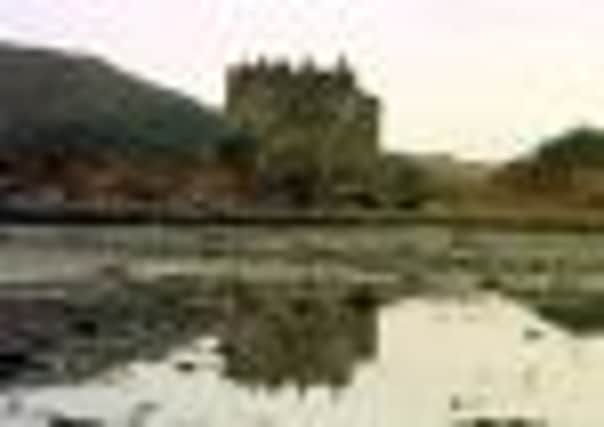Tim Cornwell: Who’s guarding the heritage guardians?


They believe, broadly, that its mission of safeguarding Scotland’s historic buildings and environment is being deliberately and dangerously watered down, along with cuts of more than a third in the agency’s budget.
Bureaucratic semantics? Hardly a sexy tale. But now come allegations of bullying, “callous” treatment of staff, and an exodus of expertise, with a result that five of the most senior officials at Historic Scotland have left in a hurry over the past 18 months.
Advertisement
Hide AdAdvertisement
Hide AdCast your mind back to the early 2000s. That was when Historic Scotland blocked plans for development at two historic castles, Castle Tioram in Moidart, and Rowallan Castle in Ayshire. It invoked the wrath of two furious millionaire developers.
Lee Brown’s company bought the landmark 13th century Castle Tioram. He wanted to reroof the ruin and turn it into into a home and museum at a cost of £4.5 million. The agency said the plan was detrimental to its historic fabric; he and his supporters called for a “root and branch” review of its operations.
Then Historic Scotland blocked a scheme by developer Niall Campbell to incorporate the 13th-century Rowallan Castle in East Ayrshire into a five-star hotel and golf course. Campbell furiously promised to sue the agency “off the face of the earth”, and went ahead with a £55m development; the castle remained intact.
Insiders believe a backlash over these two contentious cases sounded the signal for wholesale upheaval at Historic Scotland under a Scottish Government that cherishes the efforts of uber-developer Donald Trump.
Complaints over the shift in direction of the agency centre on a proposed new corporate plan, with a draft unveiled last year. Critics say it is a platitudinous document that doesn’t mention its mission to “protect” the built environment. The new watchwords are “sustainable economic growth”, and balanced development. Interesting to see how the final version ends up when its rolled out at the end of this month.
The culture minister has apparently been reassuring people that it’s so obvious that Historic Scotland’s role is to protect and regulate, that it doesn’t need to be stated in the document.
Faced with charges of “callous” treatment of staff, Historic Scotland insists it has “zero tolerance” for bullying. But the tally of departures is topped by Malcolm Cooper, its former chief inspector, who left last year after a stress-related illness, and Deborah Mays, head of policy and research, who went in December.
It was not so long ago that Mr Cooper was defending the agency’s handling of the Rowallan Castle case. Both he, and Ms Mays, have now taken senior roles at the Royal Incorporation of Architects in Scotland, the independent architects’ body and one of those raising alarms. It says it welcomes their expertise, noting Ms Mays “has devoted her whole career to Scotland’s architecture”.
Advertisement
Hide AdAdvertisement
Hide AdCritics say the whole picture suggests Historic Scotland is “de-skilling”, with committed, even independently-minded, experts weeded out from the organisation’s leadership.
“It’s almost like you are removing the corporate intellect from the organisation, that you end up with the organisation that no longer has any relevant skills or expertise at the top level,” said one observer.
The mixed messages on Historic Scotland persist at the ministerial level. This week the agency announced £7.7m in City Heritage Trust grants to Scotland’s six cities, led off by Glasgow and Edinburgh, “to safeguard and enhance conservation areas, the historic environment and sense of place”.
In the next breath the minister was saying it was part of broader plans to “build the momentum to make sure our cities and their regions make the fullest possible contribution to sustained economic recovery – stimulating economic recovery and job creation.”
Balancing the protection of historic buildings against the demands of development and growth is a hard job even in good economic times. But Historic Scotland’s is in a mess. It’s time for the culture minister Fiona Hyslop to do a little independent thinking, and exercise some cultural leadership.